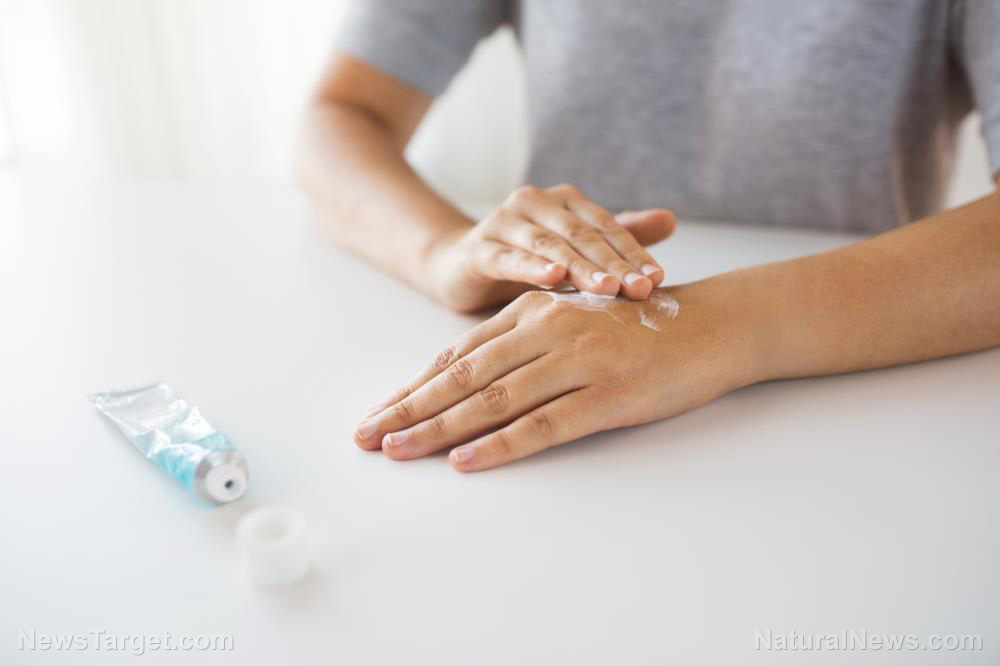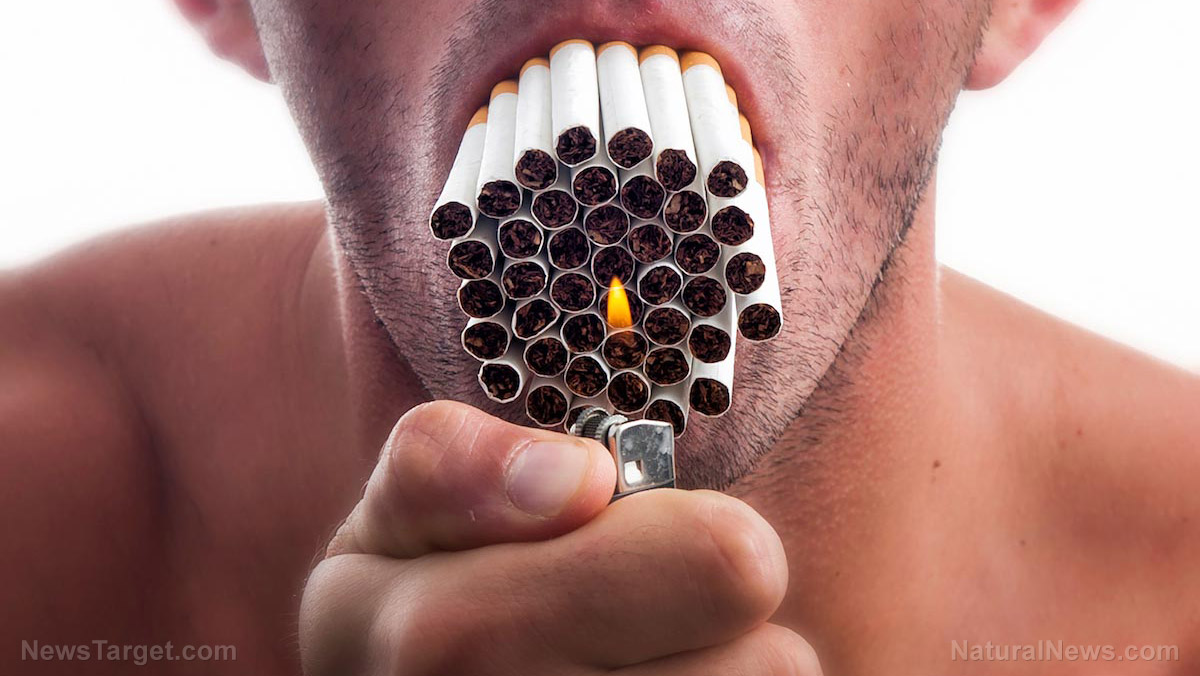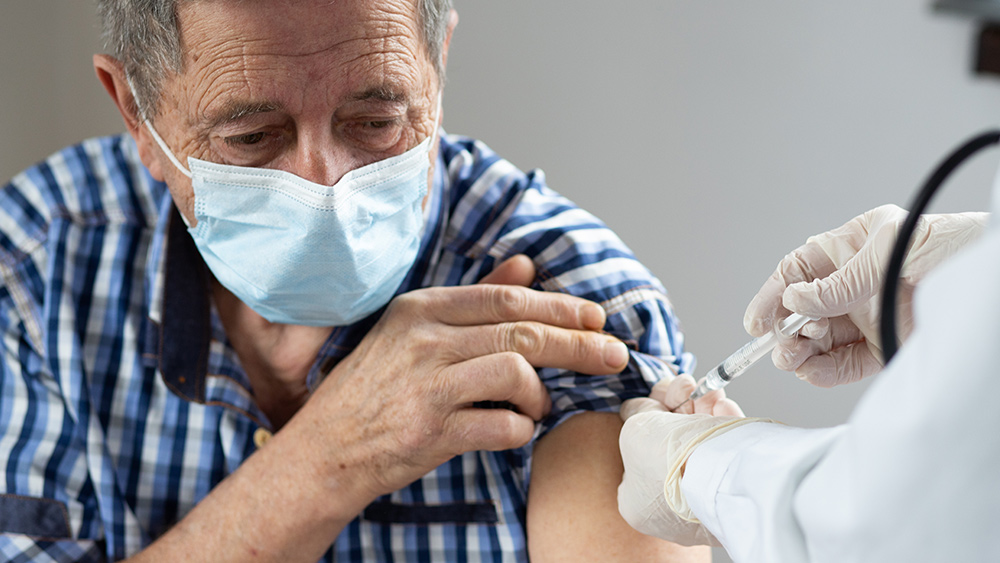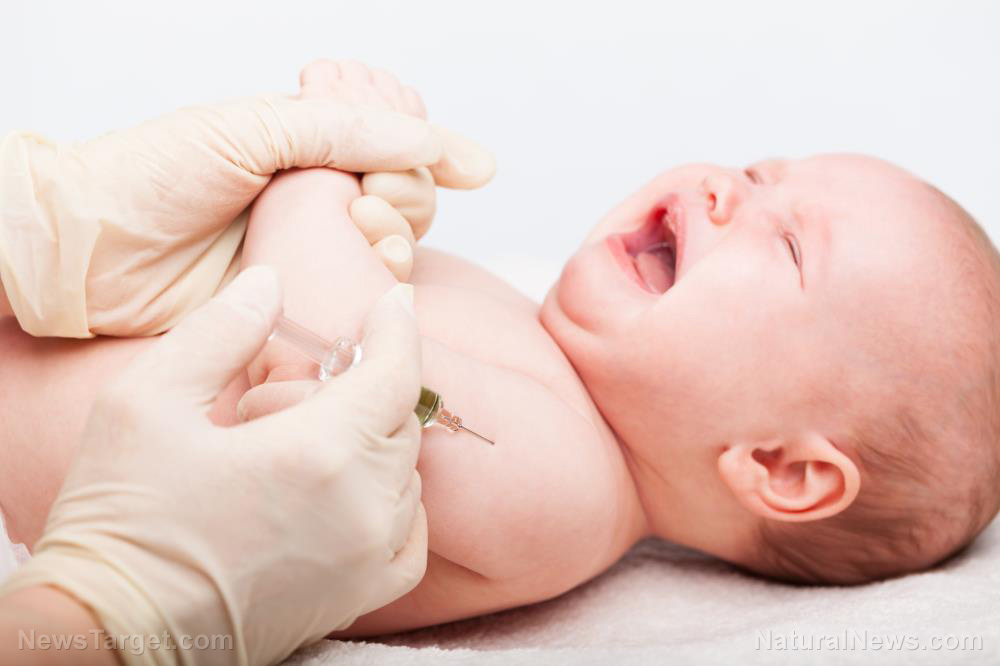
The Chuns live in Hawaii. Kristi works as a financial advisor while Matt is a government worker.
Kristi, the boy's mother, said that they used more and more topical steroids to alleviate what they thought was still eczema. Every increase in the dose of the cream worked at first but eventually lost effectiveness.
Worse, the rashes came back with increased intensity. Fearing that they might end up rushing their seriously ill son to the hospital, Kristi and Matt desperately looked for an answer to Colby's recurring chronic rashes.
The Chuns eventually figured out that the topical steroid cream triggered the new rashes. They decided to take Colby off the pharmaceutical drug.
Colby went through topical steroid withdrawal for 17 months. The baby experienced severely irritated skin and oozing scabs throughout the cold turkey period. (Related: Topical uses for marijuana: Study finds it effective at soothing skin problems such as eczema, psoriasis.)
Baby experiences severe allergic reaction to topical steroid cream
Kristi remembered how Colby grew red from head to toe at the start of the withdrawal treatment. Strangers who saw her son often asked her if her son was all right.
Deprived of the steroids that aggravated his eczema, Colby's rashes began to dry out. Large swathes of his skin started to crack and break. They also oozed out and caused the child much pain.
Colby lost much of his hair and a lot of weight. He was in pain on a 24-7 basis. He grew so weak that he didn't have any strength to cry. Whenever one of his parents picked him up and comforted him, he wanted to stay in their arms instead of getting returned to his crib.
“I believe he could have died, he was completely swollen, missing milestones, unable to focus and eat because he was so red, swollen and bleeding,” Matt recalled regarding the time before they placed Colby on topical steroid withdrawal treatment. “The point that turned me onto the idea of it potentially being topical steroid withdrawal was people on the street saying, 'Hey your baby is so red.'”
Using topical steroids cause far more harm than help
An official statement by the British Association of Dermatologists admitted that patients might develop an allergy to the steroid or another ingredient in a topical steroid cream. The allergic reaction caused additional inflammation in the skin.
Other harmful side effects of excessive topical steroid use include bruising, folliculitis, pimples, stretch marks, and thinning. Areas of the skin that get large doses of the cream might lose pigments and grow hair faster. The stronger the steroid preparation, the more likely these adverse effects take place.
Furthermore, applying steroid cream on large areas of skin or using the pharmaceutical drug for extended periods increased the chances of the patient absorbing the steroids into the bloodstream. High blood steroid levels might disrupt the internal processes of the body as well as the skin.
As of the time of this writing, Colby Chun has more or less recovered from the ordeal caused by his allergic reaction to excessive use of topical steroid cream.
“Conventional doctors and medicine make you feel like you are crazy, and watching your child suffer is a very hard decision and path to take,” Kristi said. “I tell them his body is healing from the steroids, it's hard for people to understand that what he has is not eczema but Topical Steroid Withdrawal.”
Sources include:
Please contact us for more information.



















